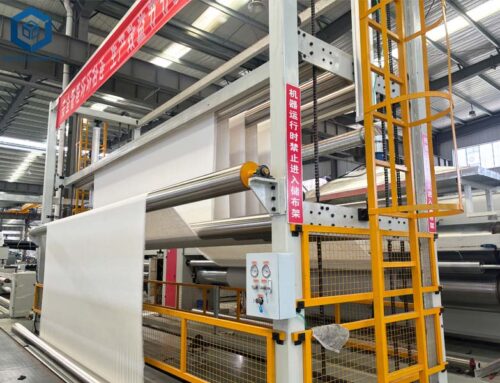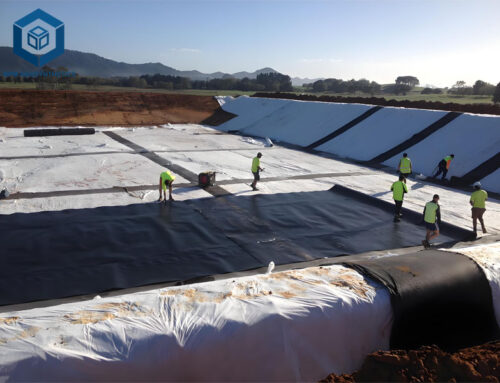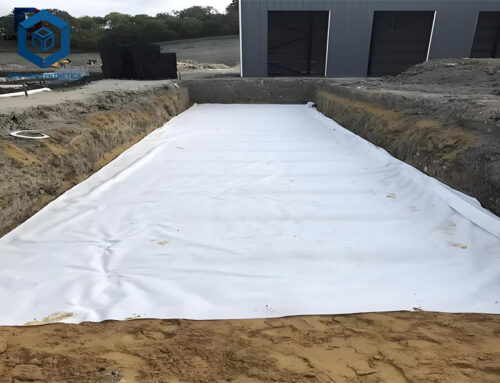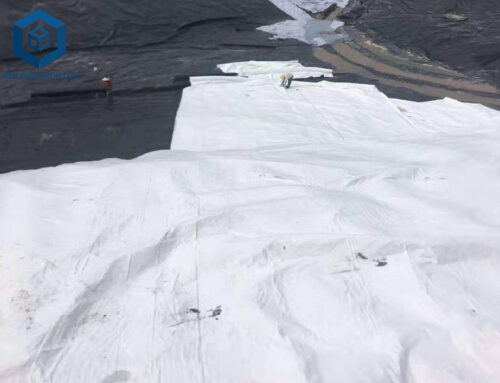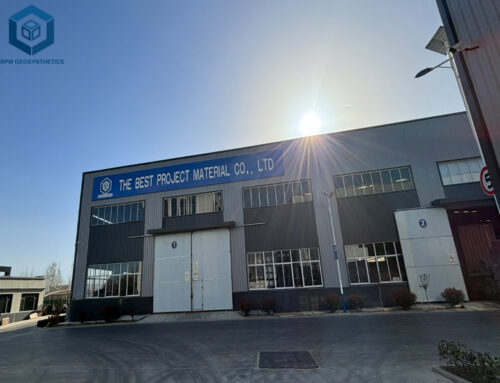Geotextile fabrics are typically categorized as woven and non-woven types. Woven geotextiles offer stability and separation between subgrades, while non-woven geotextiles, commonly made from synthetic polypropylene, serve various purposes like drainage, filtration, erosion control, and sediment reinforcement. Non-woven filter fabric, specifically, facilitates easier water passage due to its high flow rate.
When selecting geotextile fabrics for your project, focus on key operational specifications such as permeability, tensile strength, depth, and shear resistance to determine the most suitable type for your specific project requirements. In this blog, let us delve into what are geotextile fabrics and how to choose right geotextile fabrics?
1. What Are geotextile fabrics
Geotextile fabrics play a crucial role in geotechnical engineering and construction projects. They are durable fabrics available in diverse forms, shapes, weights, and sizes, addressing a wide range of erosion-related issues. These fabrics are specifically designed to serve various functions when incorporated into soil or other geotechnical materials. Geotextile fabrics are typically constructed from synthetic fibers like polypropylene or polyester, both in short fiber and filament continuous forms, which provide strength and durability.
The different forms of geotextile fabrics include woven, non-woven, and knitted fabrics, each possessing distinct characteristics suitable for specific applications. The selection of the appropriate fabric depends on factors such as the intended function, site conditions, and engineering requirements of the project.
Geotextile fabrics primarily consist of permeable materials like polypropylene and polyester. They are versatile in nature and, when used in conjunction with soil, can effectively perform multiple functions. These functions include:
1.1 Separation
Geotextile fabrics create a barrier between different soil layers or materials, preventing their intermingling and maintaining their distinct properties. This helps enhance the stability and performance of the overall structure.
1.2 Filtration
Geotextile fabrics act as filters, allowing water to pass through while preventing the migration of fine particles. This ensures proper drainage and prevents clogging, thereby maintaining the long-term integrity of the structure.
1.3 Reinforcement
Geotextile fabrics provide reinforcement to soils by distributing applied loads, reducing stress concentrations, and enhancing the overall strength and stability of the soil structure. They can be used in applications such as soil stabilization, embankment reinforcement, and slope protection.
1.4 Protection
Geotextile fabrics offer protection to underlying materials from mechanical damage, such as erosion caused by water flow or abrasion due to soil movement. They act as a barrier, shielding the underlying layers and extending the service life of the structure.
1.5 Drainage
Geotextile fabrics facilitate proper drainage by allowing water to flow through them. This helps in controlling water accumulation, reducing hydrostatic pressure, and maintaining the stability of the structure.
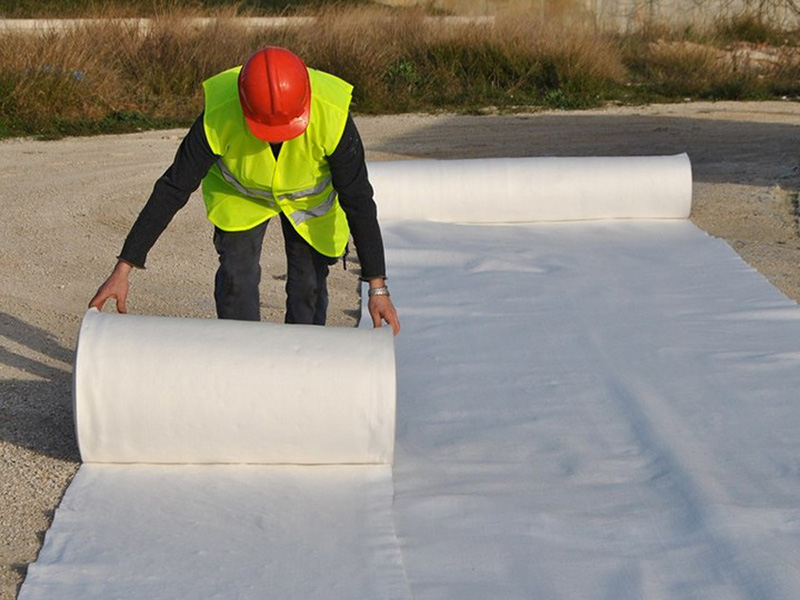
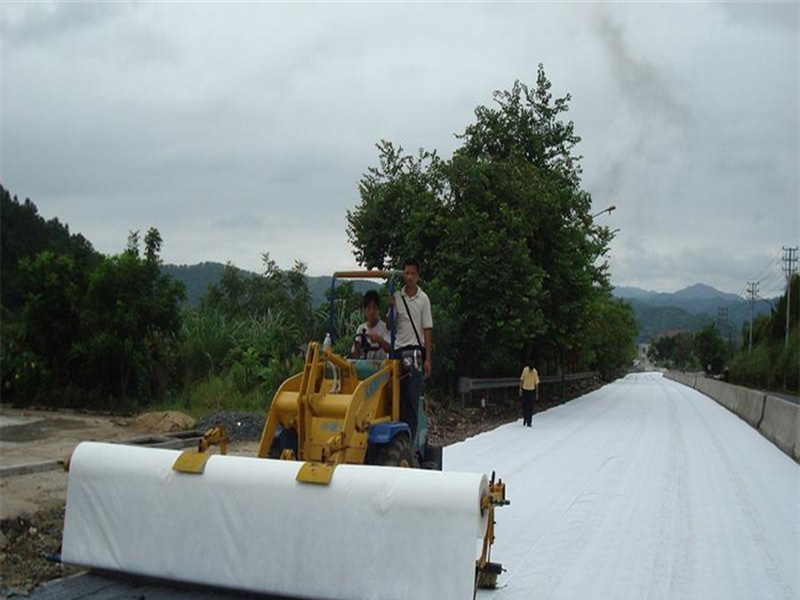
2. What Are Different Types of Geotextiles?
Geotextile fabrics are permeable textile materials used in geotechnical engineering and construction projects. They are designed to perform various functions when incorporated into soil or other geotechnical materials. Geotextile fabrics are made from synthetic fibers, such as polypropylene or polyester, short fiber and filament continuous , which provide strength and durability.
Geotextiles are available in various forms, including woven, non-woven, and knitted fabrics, with different characteristics suited for specific applications. Their selection depends on factors such as the intended function, site conditions, and engineering requirements of the project.
2.1 Woven Geotextiles
These fabrics are made by weaving synthetic fibers together, forming a strong and durable material. Woven geotextiles have high tensile strength and are used for applications requiring high load-bearing capacity, such as road stabilization and embankment reinforcement.
2.2 Non-Woven Geotextiles
Non-woven geotextiles are manufactured by bonding or needle-punching synthetic fibers together. They are characterized by their random fiber orientation and high porosity. Non-woven geotextiles are commonly used for filtration, separation, and drainage applications, such as subsurface drainage systems and erosion control.
2.3 Knitted Geotextiles
Knitted geotextiles are produced by interlocking the loops of synthetic fibers. They possess good elongation and conformability, making them suitable for applications requiring flexibility and deformation resistance. Knitted geotextiles are often used in coastal protection, slope stabilization, and landfill applications.
3. How To Choose Right Geotextile Fabrics?
Choosing the right geotextile fabric involves considering various factors related to the project requirements, site conditions, and desired functions.
3.1 Project Requirements
Consider the project requirements by identifying the specific needs, intended function (filtration, separation, reinforcement, drainage, or erosion control), load-bearing capacity, expected traffic or stress levels, and desired lifespan of the geotextile.
3.2 Soil Conditions
Assess the soil conditions in the project area, taking into account factors such as soil type, particle size distribution, compaction, and permeability. Ensure that the chosen geotextile is compatible with these soil characteristics and capable of effectively fulfilling its intended function in the specific soil conditions.
3.3 Hydraulic Properties
Take into account the desired hydraulic properties for the project. If efficient drainage is a priority, opt for a geotextile with high permeability to facilitate effective water flow. When filtration is the focus, choose a fabric with suitable pore size and retention properties to prevent the migration of soil particles.
3.4 Strength and Load Capacity
Evaluate the load-bearing demands of the project to determine the appropriate geotextile strength. In cases where the geotextile will experience substantial loads or tensile forces, particularly in reinforcement applications, choose a fabric with sufficient strength, a high tensile modulus, and excellent durability. Woven or composite geotextiles are commonly favored for applications requiring high levels of strength.
3.5 Chemical Resistance
Determine whether the geotextile will encounter chemicals, acids, or alkalis in the project environment. Choose a fabric with suitable chemical resistance to ensure long-term stability and performance under such conditions.
3.6 Standards and Specifications
Ensure compliance by referring to relevant industry standards and project specifications. Various international and regional standards provide guidance for geotextile selection based on specific applications and performance criteria.
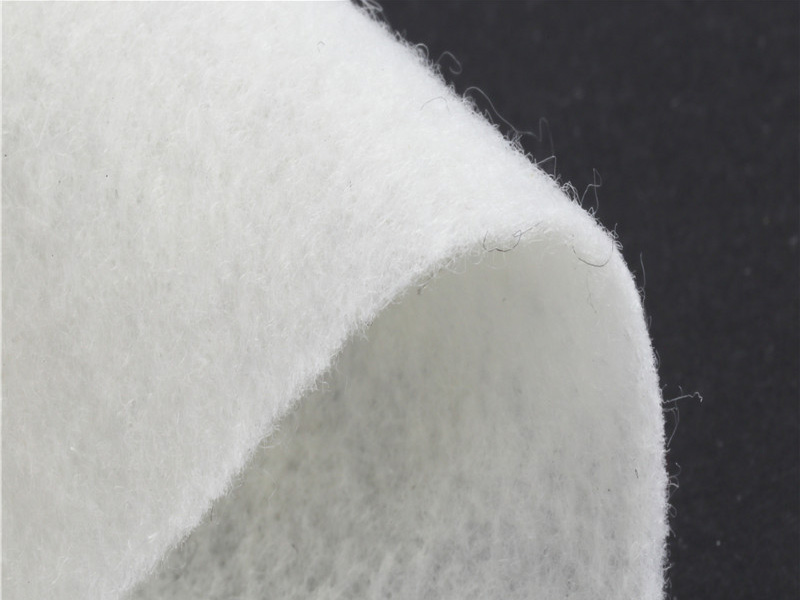
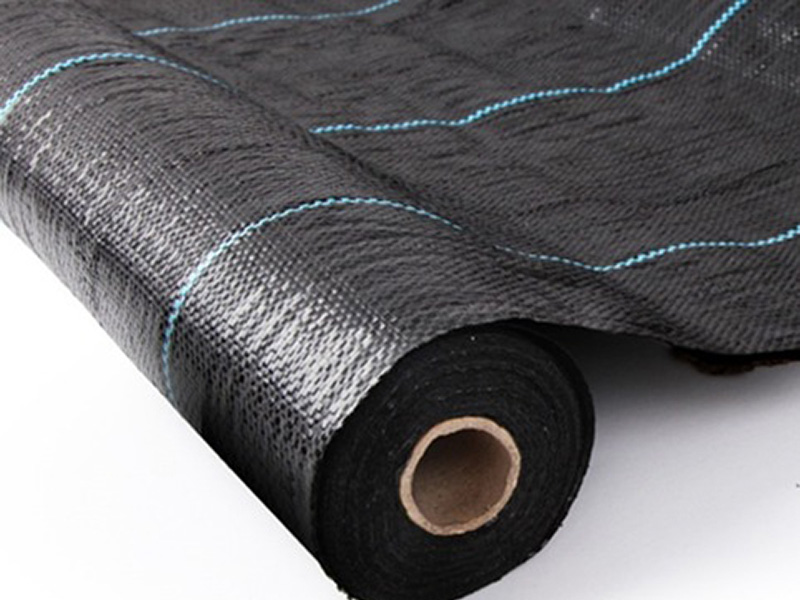
4. Does Water Flow Through Geotextile Fabrics?
Yes. Geotextile fabrics, both woven and non-woven, are designed to allow water to flow through them. This permeability is a critical characteristic of geotextiles, enabling them to effectively perform their intended functions in various applications.
Non-woven geotextile fabrics offer excellent water flow capabilities, making them ideal for drainage applications. These fabrics are sturdy and versatile, allowing water to easily pass through. Among the non-woven geotextile varieties, needle-punched geotextile and polyester filament non-woven geotextile are commonly used in geotechnical projects.
Needle-punched geotextile fabric is created by mechanically interlocking the fibers through a process called needle punching. This results in a fabric with a three-dimensional structure that allows for efficient water flow. Needle-punched geotextile is frequently used for drainage, filtration, and ground stabilization purposes, providing reliable performance in geotechnical applications.
Polyester filament non-woven geotextile fabric is made from continuous polyester filaments that are bonded together. This type of fabric also allows water to flow through easily, ensuring effective drainage and preventing water accumulation in geotechnical projects.
Woven geotextile fabric, on the other hand, is primarily used for soil reinforcement. While water can still permeate woven geotextile fabric to some extent, its main function is to provide strength and stability to the soil structure.
Both woven and non-woven geotextile fabrics can allow water to flow through them. Non-woven geotextiles, including needle-punched and polyester filament varieties, are commonly used for drainage, filtration, and ground stabilization purposes. Woven geotextiles, on the other hand, are primarily utilized for soil reinforcement.
5. Summary
Carefully evaluate the site conditions where the geotextile will be deployed. Analyze the soil properties, including type, particle size distribution, compaction, and permeability. These aspects play a crucial role in the interaction between the geotextile and the soil, thereby impacting its effectiveness. Moreover, take into account climatic conditions, temperature variations, UV exposure, and potential chemical exposure in the project area, as these factors influence the durability and longevity of the geotextile.
Hydraulic properties must not be overlooked, particularly if drainage or filtration is a primary concern. Determine the required permeability to enable efficient water flow, or consider pore size and retention characteristics to prevent soil particle migration. Tailor these specifications based on the specific hydrological conditions of your project, such as water table level, groundwater flow, or expected rainfall.
The strength and load capacity of the geotextile are crucial considerations. Evaluate the load-bearing requirements of the project and select a geotextile with adequate strength, high tensile modulus, and durability. This is especially important for applications that involve high loads or tensile forces. Woven or composite geotextiles are often preferred for their enhanced strength properties.
Chemical resistance is another significant factor to address. Assess whether the geotextile will be exposed to chemicals, acids, or alkalis within the project environment. Choose a fabric with appropriate chemical resistance to ensure its long-term stability and performance under such conditions.
Take into account installation constraints and site-specific requirements. Consider factors like roll dimensions, weight, flexibility, and handling properties of the geotextile to facilitate smooth installation. Additionally, factor in any limitations or constraints at the site that may influence the choice of geotextile.
If uncertainty arises regarding the appropriate geotextile for your project, consult with geotechnical engineers, civil engineering professionals, or geosynthetic specialists. Their expertise and experience can provide valuable insights and tailored recommendations to meet your project’s unique needs.

